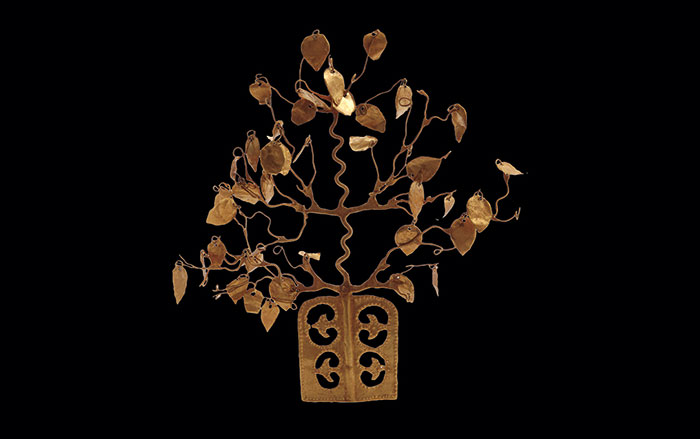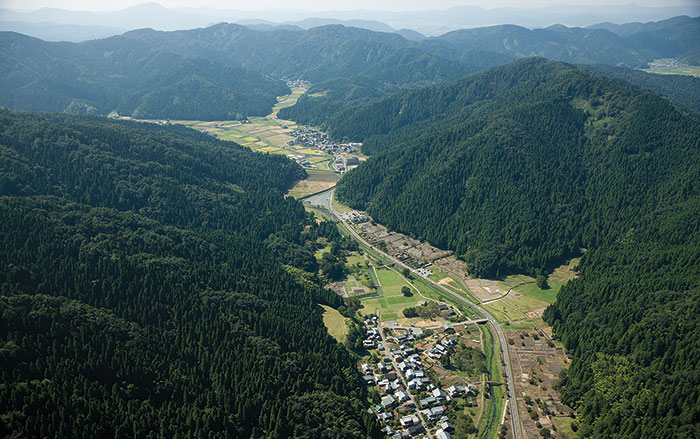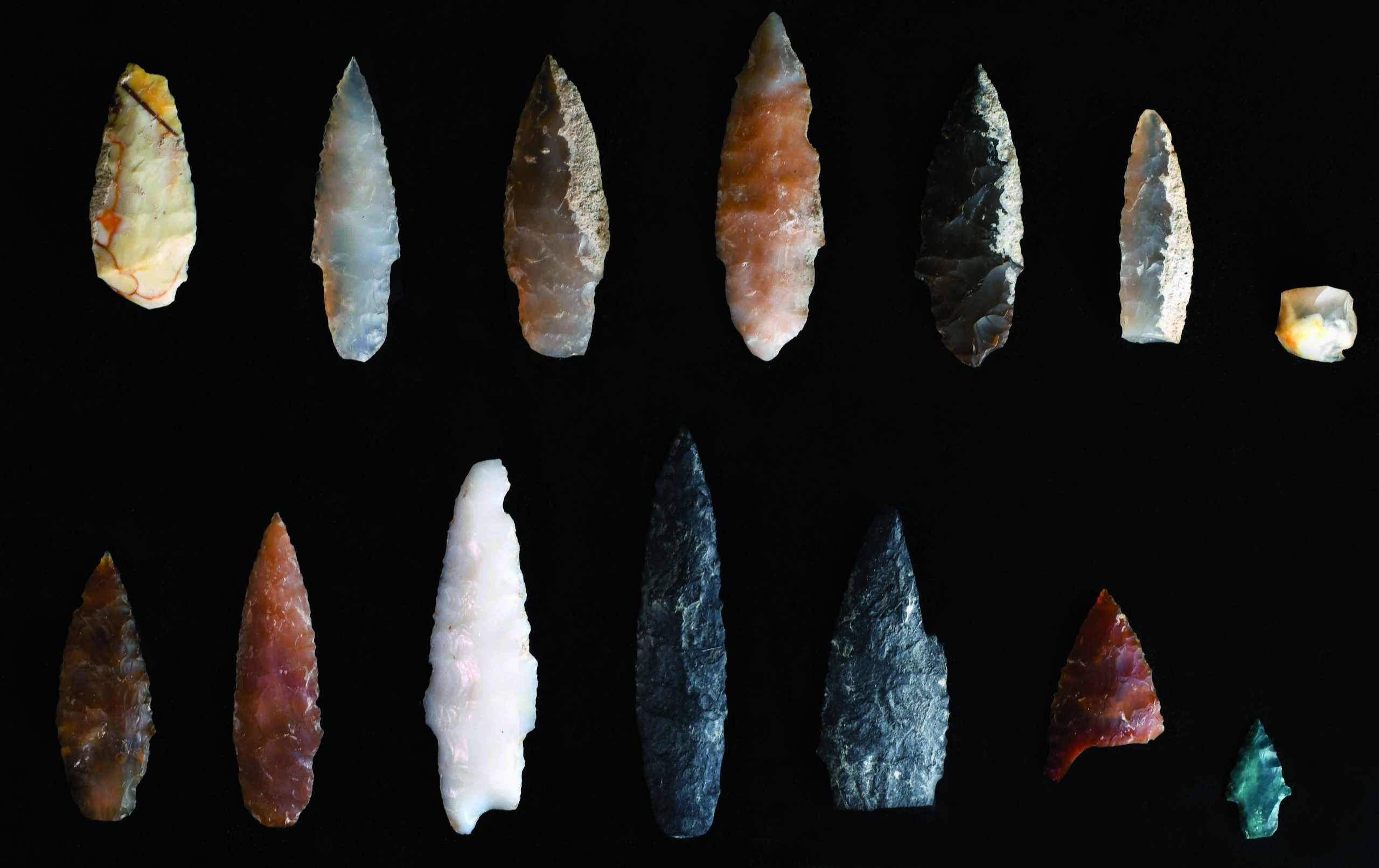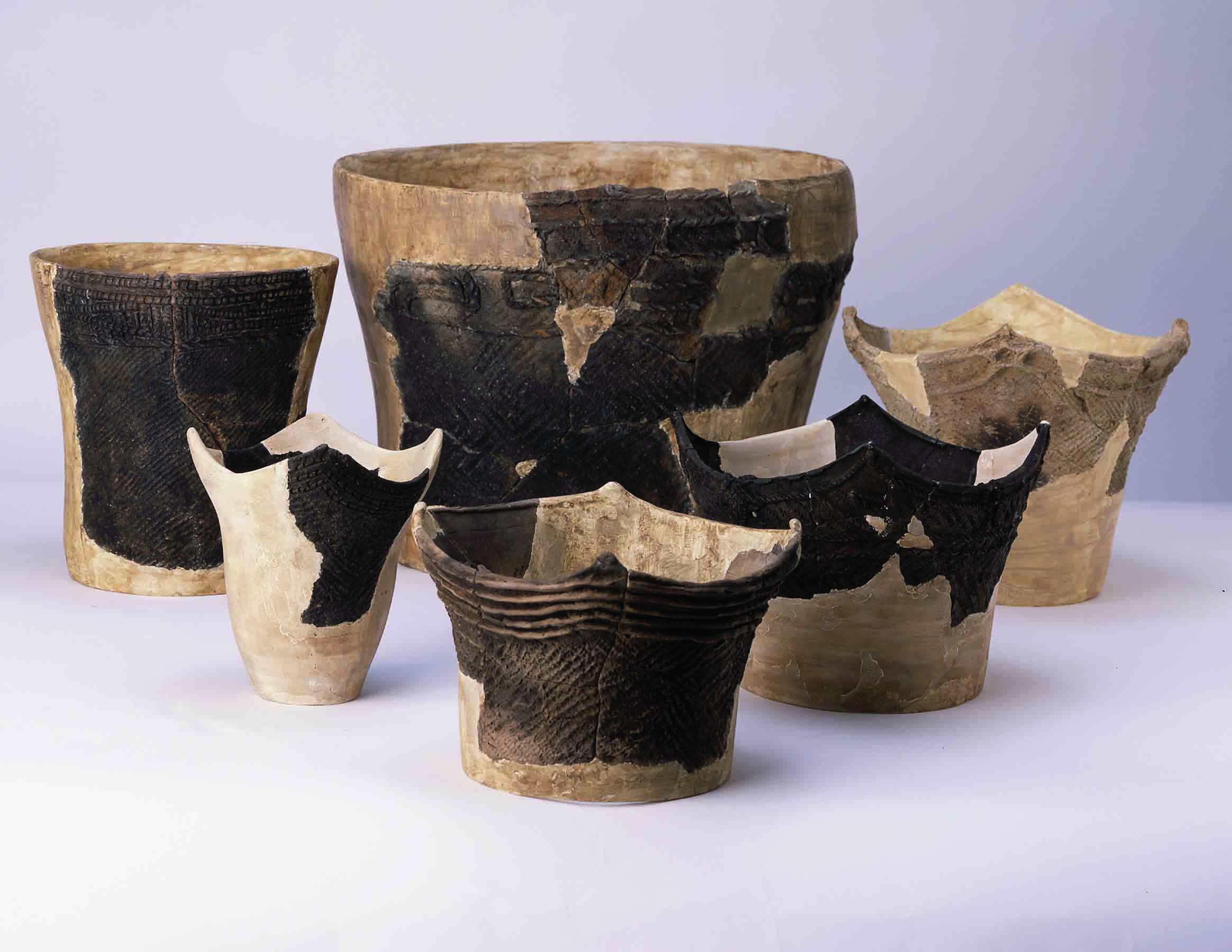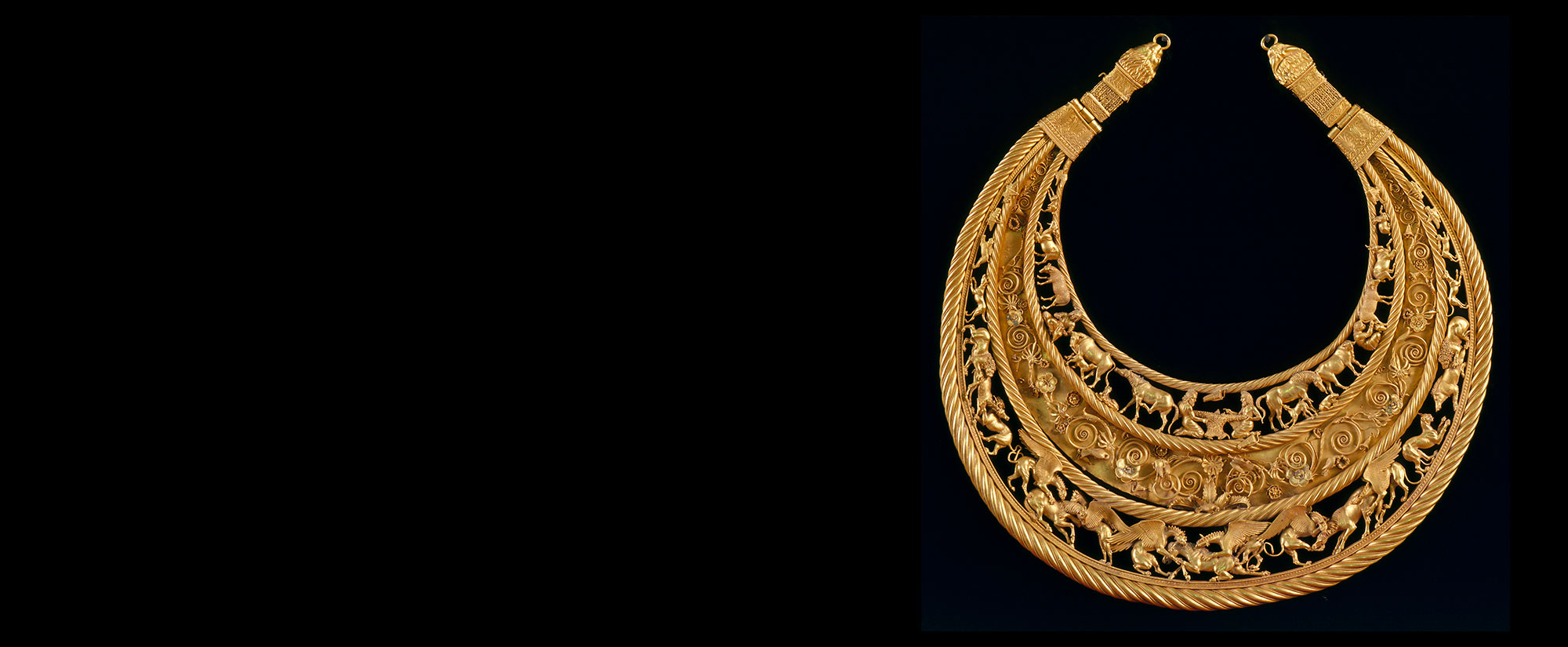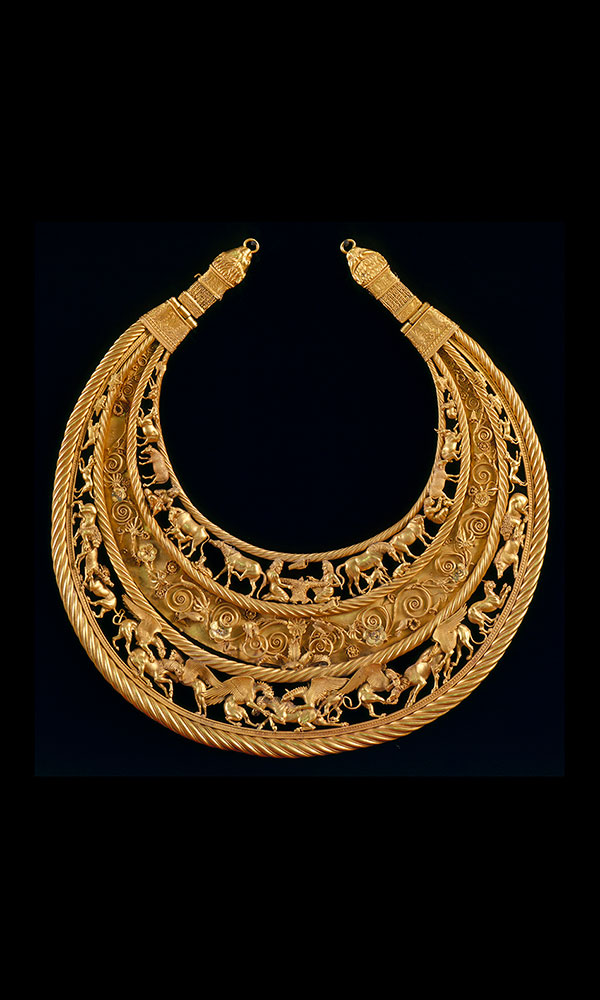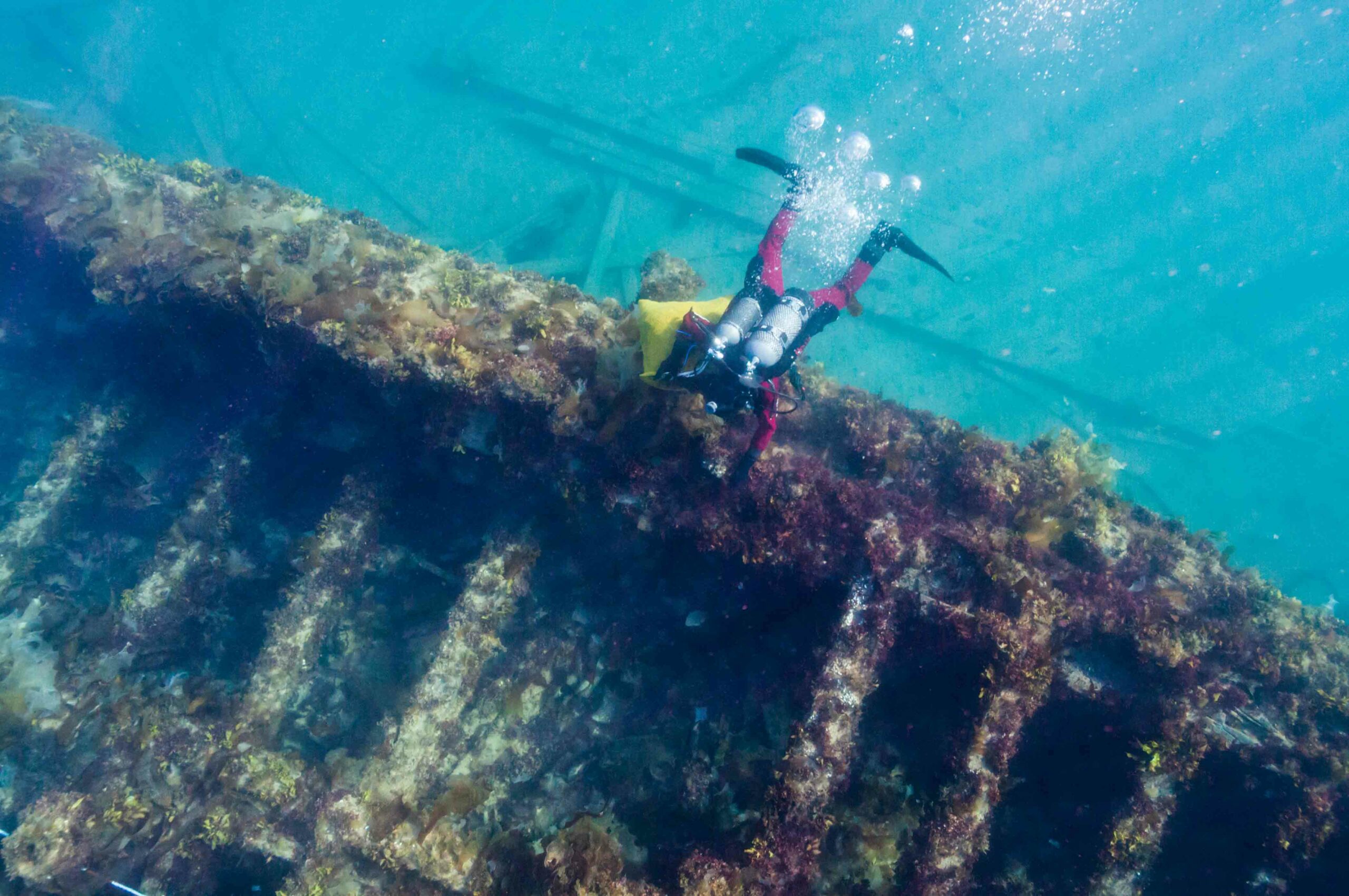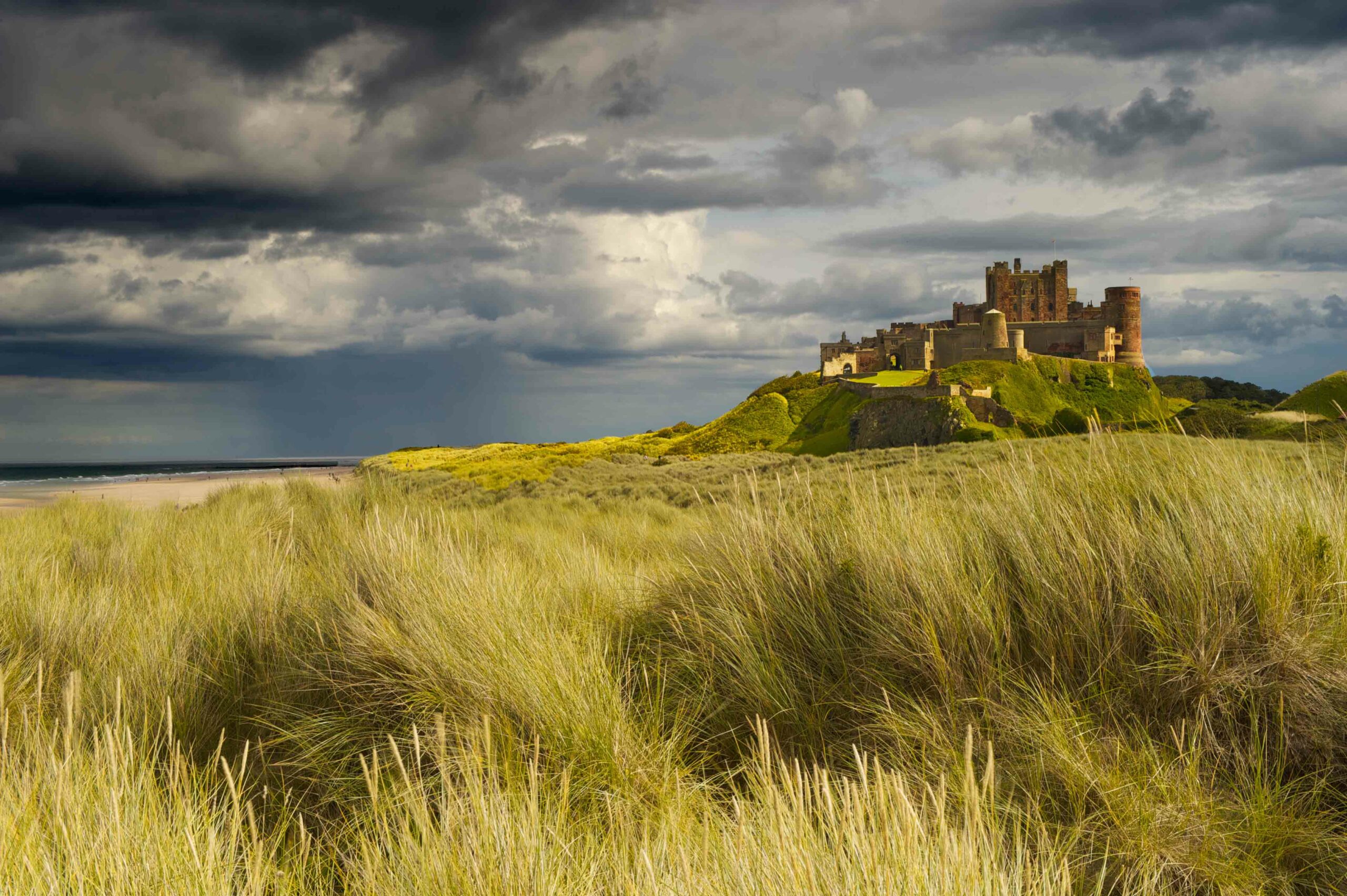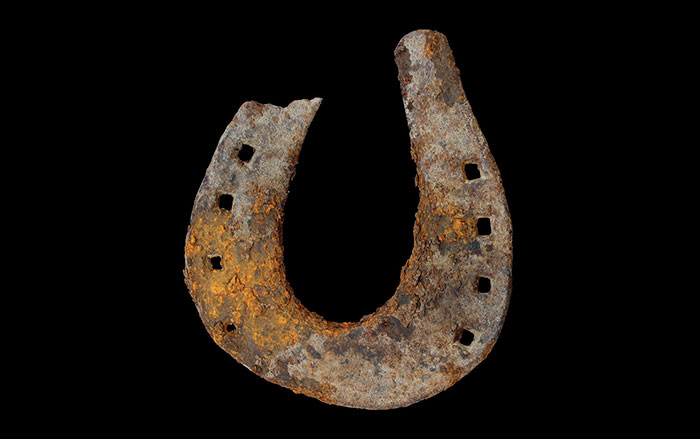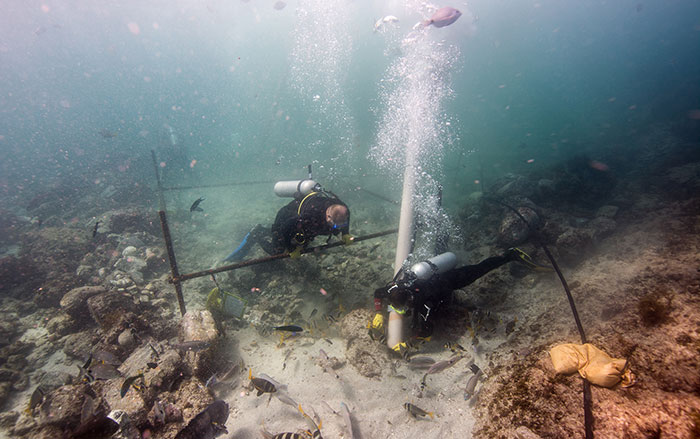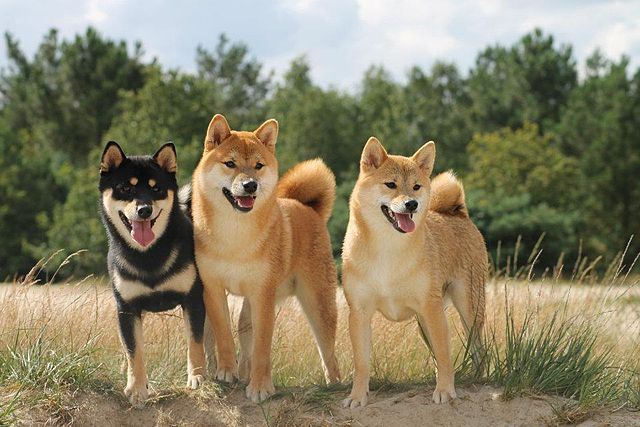
LEIPZIG, GERMANY—Science reports that Max Planck Institute for Evolutionary Anthropology zooarchaeologist Angela Perri surveyed excavations of prehistoric sites in Japan for evidence that early dogs helped people to hunt. She focused on the hunter-gatherers of the Jōmon culture who lived off the dense forest on the east coast of the island of Honshu, and found that beginning about 9,000 years ago, the Jōmon buried their dogs in shell middens in much the same way that they buried human hunters. Some of the 110 dog burials in the literature provided evidence of broken legs and teeth, injuries that the dogs may have sustained while hunting. And some of those injuries had healed, suggesting that humans had cared for the dogs. But after the Jōmon began farming about 2,500 years ago, dog remains appeared in the archaeological record as random piles of bones, and sometimes were even butchered. Perri suggests that the Jōmon revered dogs while they served a valued purpose as hunting companions, but when they were no longer needed to flush prey out of the forest cover and protect human hunters, dogs may have become a source of food. Jōmon groups located to the north and the south of Honshu, and who lived on foods from the sea, treated dogs like food all along, she added. To read in-depth about dogs in the archaeological record, go to "More Than Man's Best Friend."


